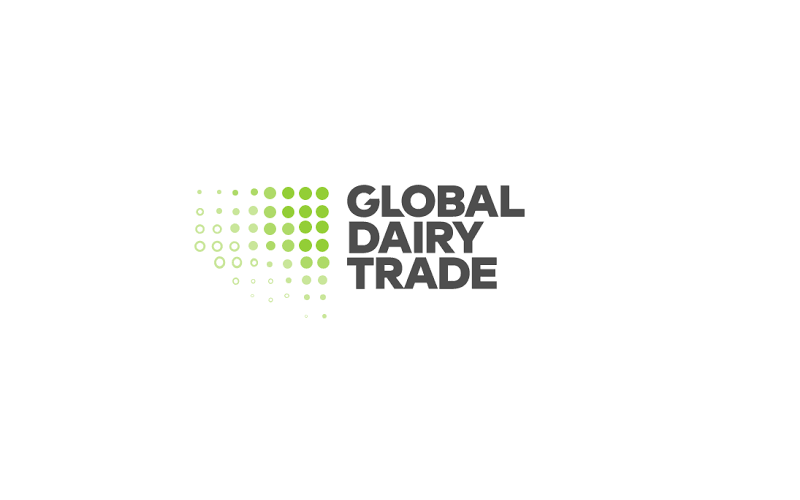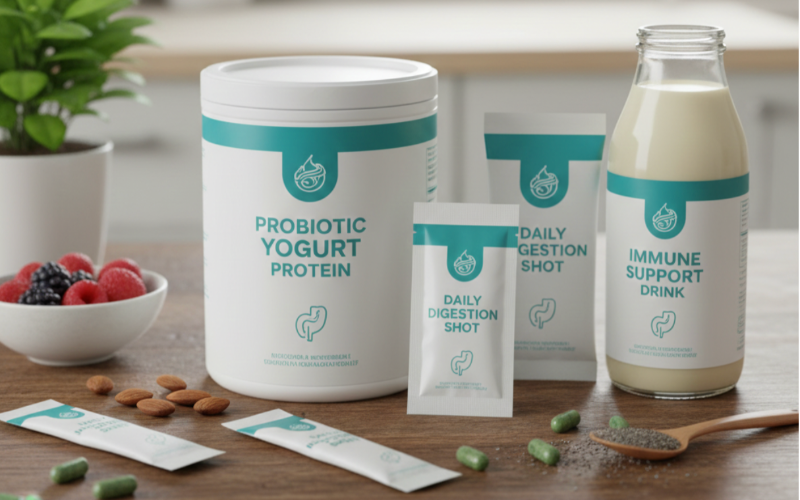America’s Protein Craze Is Reshaping the Dairy Industry

At Nasonville Dairy in Marshfield, Wisconsin, daily cheese output reaches around 150,000 pounds. However, the company’s profitability is increasingly tied to whey, not cheese itself. With rising demand for protein supplements and fortified foods, whey has transformed into a high-value commodity.
Over the last two decades, protein has become a nutritional priority for Americans. Whether for muscle building, healthy aging, or adhering to high-protein diets like keto, consumers are consuming more protein than ever. The surge in the use of GLP-1 medications such as Ozempic — which suppress appetite but require higher protein intake to prevent muscle loss — has only intensified this trend.
Whey’s appeal lies in its ability to deliver concentrated protein with minimal calories. As a result, the whey protein market has ballooned to an estimated $5–10 billion, with most analysts predicting it will double within the next decade. Prices have reflected this boom, with the cost of high-quality whey powder tripling since 2020.
This shift has dramatically altered the economics for dairy farms and processors. On farms like Norm-E-Lane in Chili, Wisconsin, large-scale operations produce hundreds of thousands of pounds of milk each day. Yet, despite technological efficiency and size, farmers have little control over the price of milk, which remains regulated under federal systems established in the 1930s. Most farmers, including those selling directly to processors, receive the minimum price dictated by market forces.
In the early 2000s, whey contributed just a small fraction — around 2–6% — to the monthly earnings dairy farmers received for their milk. Since 2021, that figure has grown to nearly 9%, and at times, even higher. For many, the rise in whey prices has helped cushion the financial pressure caused by stagnant milk revenues.
Inside the Nasonville factory, modern cheesemaking generates enormous volumes of leftover whey — nearly 100,000 pounds daily. After separating cream and lactose, the whey is filtered to concentrate its protein content. While large dairy companies on the West Coast often process this liquid into powder themselves, smaller Wisconsin producers rely on third-party nutrition firms for the final transformation.
Production of high-protein whey powder has grown dramatically — from 8 million pounds per month in 2003 to nearly 50 million pounds by 2023. This surge coincided with the growing popularity of diet supplements and anti-obesity drugs.
Despite the boom, the industry anticipates future challenges. As more whey-processing facilities come online, increased supply may drive prices down, repeating a familiar pattern seen with fluid milk and cheddar cheese.
To stay competitive, some farms and processors are shifting strategies. Dairy operations are expanding into beef production, leveraging strong meat prices and consumer interest in traceable food sources. Meanwhile, cheesemakers are investing in niche products — such as artisanal and specialty cheeses — that large industrial producers can’t easily replicate.
In a rapidly evolving market, adaptability may be the key to long-term survival.











